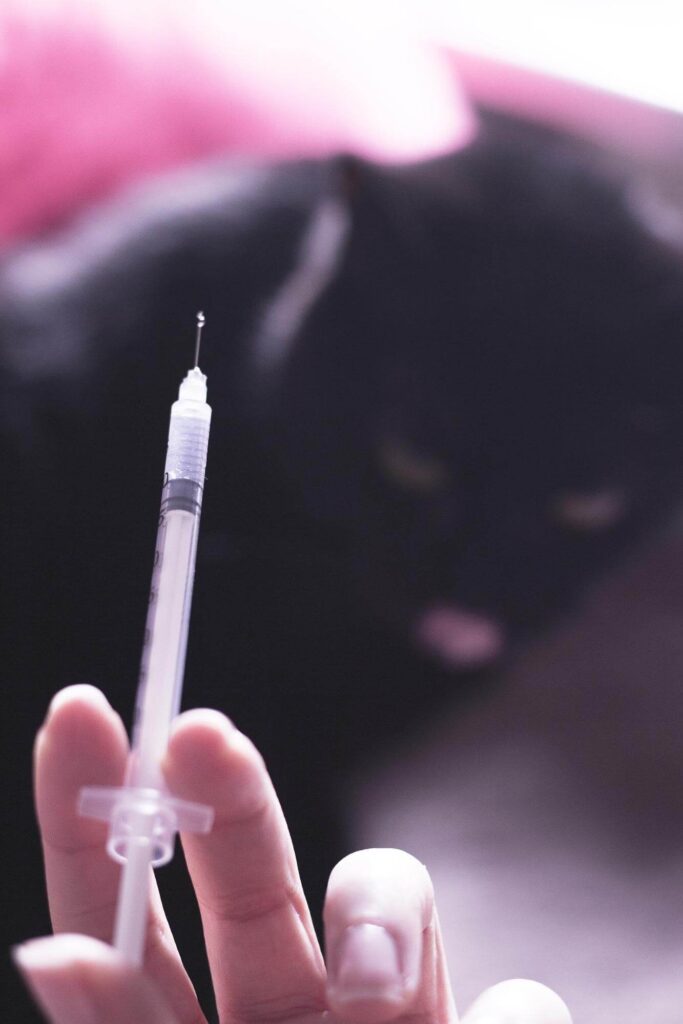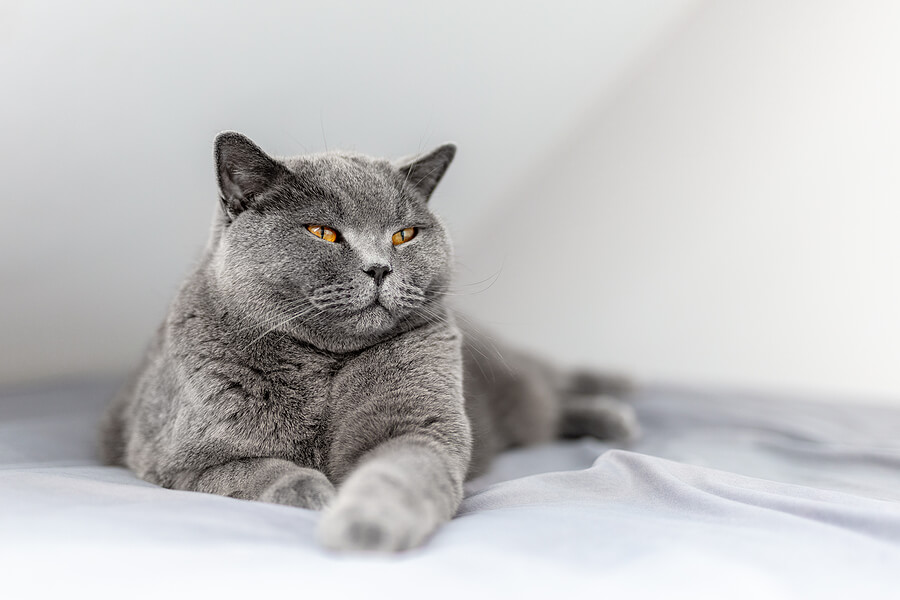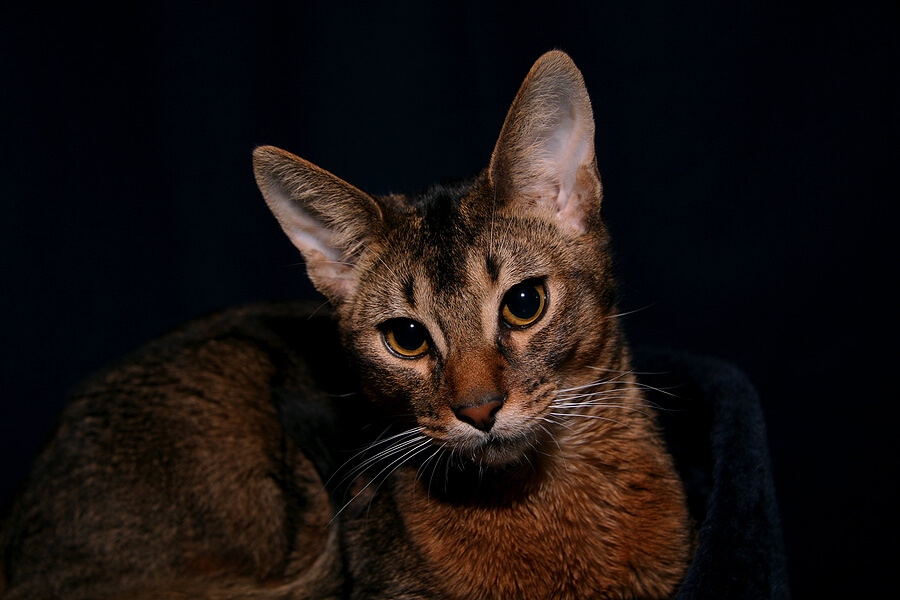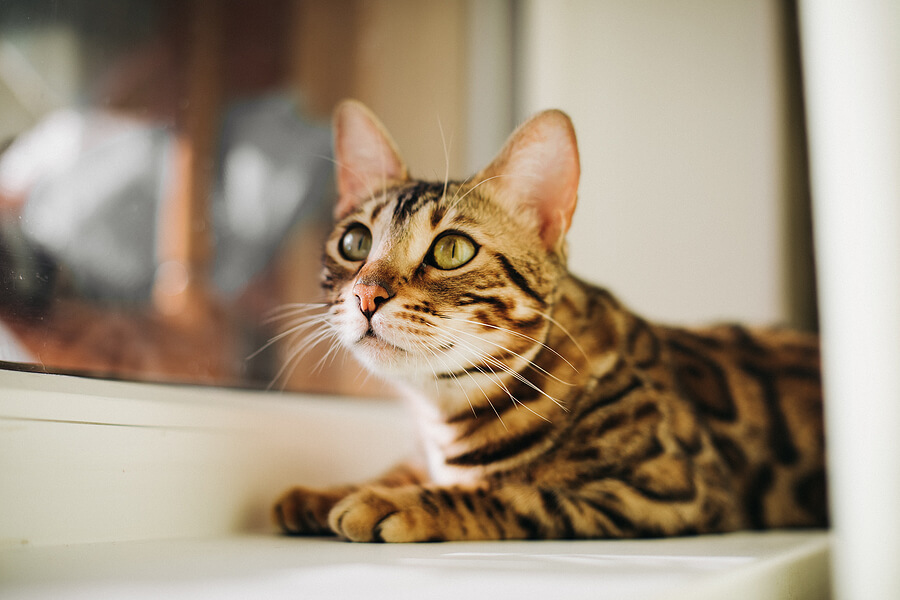May 31, 2024 | Health and Sanitation, Pet Activities, Pet Care
Summer festivals and markets offer a fantastic opportunity for relaxation, enjoyment, and socialization. However, for dog owners, these events can also pose unique challenges. Ensuring your furry friend remains calm and content amidst the hustle and bustle is crucial. This guide provides comprehensive insights into keeping your dog comfortable, safe, and happy during these outings.

Understanding Your Dog’s Needs
Before heading out, it’s essential to understand your dog’s behavior and specific needs. Dogs can often feel anxious or overwhelmed in crowded and noisy environments. Recognizing signs of stress, such as excessive panting, drooling, or restlessness, is the first step toward ensuring their well-being.
Key Considerations
- Temperament: Different breeds and individual dogs have varying tolerance levels for noise and crowds. Know your dog’s limits.
- Socialization History: Dogs accustomed to social interaction are likely more comfortable in public settings.
- Health Status: Ensure your dog is in good health and up-to-date with vaccinations before exposing them to new environments.
Preparing for the Day
Preparation is vital for a successful outing with your dog. Here are some essential tips:
- Vaccinations and Health Checks: Ensure your dog is vaccinated and free of any health issues that could be exacerbated by the exposure.
- Hydration: Bring plenty of water to keep your dog hydrated. Collapsible bowls are handy for on-the-go hydration.
- Rest and Exercise: Provide ample rest before the event and consider a light exercise session to burn off excess energy.
Recommended Gear
- Leash and Harness: Use a sturdy leash and comfortable harness to maintain control.
- Identification Tags: Ensure your dog has up-to-date identification tags in case they get lost.
- Portable Shade: A portable shade or cooling mat can provide relief from the sun.
Navigating Crowds and Noise
Crowded and noisy environments can be overwhelming for dogs. Here’s how to handle it:
- Gradual Exposure: Gradually acclimate your dog to similar environments before the event.
- Calming Accessories: Consider using calming collars or sprays that contain pheromones to reduce anxiety.
- Quiet Breaks: Identify quieter areas where your dog can take breaks and regroup.
Handling Noise
- Ear Protection: Dog-specific ear muffs can help protect against loud noises.
- Calming Commands: Train your dog with calming commands to help soothe them in stressful situations.
Safety and Comfort
Ensuring your dog’s safety and comfort is paramount. Here are some critical areas to focus on:
- Heat Safety: Avoid hot surfaces, provide shade, and watch for signs of heatstroke.
- Avoiding Toxic Foods: Be vigilant about food items that may be toxic to dogs, such as chocolate, grapes, and certain nuts.
- Safe Spaces: Create a safe, quiet space for your dog to retreat to if they become overwhelmed.
Emergency Preparedness
- First Aid Kit: Carry a basic first-aid kit for minor injuries.
- Veterinary Contacts: Have contact information for nearby veterinary services in case of emergencies.
After the Day Out
Post-event care is just as important as preparation. Here’s how to ensure your dog remains happy and healthy after a day out:
- Hydration and Rest: Ensure your dog has plenty of water and a comfortable place to rest.
- Check for Injuries: Inspect your dog for any injuries or signs of distress.
- Routine: Return to your dog’s regular routine as soon as possible to provide comfort and stability.
Taking your dog to summer festivals and markets can be a rewarding experience for both of you. By understanding your dog’s needs, preparing adequately, and ensuring their safety and comfort, you can make these outings enjoyable and stress-free. Remember, responsible dog ownership means always prioritizing your dog’s well-being.
Apr 30, 2024 | Health and Sanitation, Pet Care
In recent years, as cannabis becomes more accessible across various regions, an unintended consequence has emerged—a notable increase in cannabis ingestion incidents among pets, particularly dogs. This growing trend has prompted a need for pet owners to be more vigilant and informed about the potential risks and appropriate responses.

Signs of Cannabis Poisoning in Dogs
Cannabis toxicity in dogs can manifest through several signs, which may vary in severity depending on the amount ingested. Common symptoms include:
- Lethargy: Affected dogs may appear unusually tired or unresponsive.
- Loss of Coordination: Difficulty standing or walking straight, often described as appearing “drunk.”
- Dilated Pupils: Noticeable enlargement of pupils and possible sensitivity to light.
- Drooling: Excessive salivation or drooling can occur.
- Vomiting: Some dogs may vomit, which could potentially help expel the ingested substance.
- Urinary Incontinence: Loss of control over bladder function is a less common, but possible, symptom.
- Changes in Heart Rate: Either an increased or decreased heart rate can be a symptom of cannabis poisoning.
Recognizing these signs early can significantly impact the outcome for your pet.
Immediate Actions to Take
If you suspect your dog has ingested cannabis, taking swift action is crucial:
- Stay Calm: Panicking can distress your pet further. Approach your dog calmly and gently.
- Remove Any Remaining Cannabis: If there is any more cannabis or cannabis-infused products within reach, remove them immediately to prevent further ingestion.
- Consult a Veterinarian Immediately: Contact your veterinarian or the nearest emergency pet clinic. Be honest about what your pet ingested; accurate information is vital for effective treatment.
- Follow Veterinary Advice: Be ready to transport your dog to a veterinary clinic if advised. Keep a close eye on their symptoms and report any changes to the vet.
Treatment Options
Treatment for cannabis poisoning largely focuses on supportive care, aimed at relieving symptoms and preventing complications while the body metabolizes and eliminates the toxin. This may include:
- Inducing Vomiting: This can be effective if done soon after ingestion, but should only be performed under veterinary supervision.
- Intravenous Fluids (IV): Administering fluids can help to keep the dog hydrated, maintain blood pressure, and expedite the elimination of cannabis from the body.
- Activated Charcoal: Sometimes given to absorb toxins present in the gut.
- Medication: In some cases, medications may be required to control vomiting, protect the stomach, and manage other symptoms.
Recovery time can vary, with most dogs showing improvement within a few hours to several days, depending on the dose ingested and the promptness of treatment.
Preventing Future Incidents
Prevention is key to ensuring your pet’s safety. Ensure that all cannabis products are stored in secure, inaccessible places. Educate all household members and visitors about the risks and the importance of keeping such substances out of pets’ reach.
Conclusion
While cannabis offers various benefits for humans, it poses significant risks to our canine companions. Understanding the signs of cannabis poisoning and knowing how to respond can make a critical difference in your pet’s health and well-being. Always prioritize safe storage of all cannabis and cannabis-infused products, and maintain vigilance to prevent accidental ingestion. By adopting responsible practices, pet owners can enjoy the companionship of their furry friends without unnecessary risks.
Dec 27, 2023 | Health and Sanitation, Pet Activities, Pet Care
As we enter into a new year, it’s the perfect time to reflect on our personal goals and make resolutions for the upcoming months. But as pet owners, have you ever considered making New Year’s resolutions for your furry friends? Our pets are an integral part of our lives and it’s important to ensure their health and happiness in the coming year. So why not set some goals together with your beloved companion? Let’s discuss some achievable New Year’s resolutions specifically tailored for pet owners that will not only benefit your pets but also strengthen your bond with them. Get ready to kick off 2024 with some paw-sitive changes for both you and your four-legged best friend!
(more…)
Mar 26, 2021 | Cat Facts, Pet Care
How to Care for a Diabetic Cat
When it comes to house cats diabetes is a pretty common occurrence. Be that as it may, dealing with a cat with diabetes is no easy job, it requires you to pay extremely close attention to your cat’s diet, medication, exercise, and general activities. So be sure not to take it lightly as there is little room for error.
First and foremost you should always be sure to keep in close contact with your veterinarian as they prescribe insulin doses and will help determine what course of action you should take. They should be the first ones to know if you notice something wrong with your cat. Your cat will also need more frequent examinations and check ups. Appetite and water consumption are two of the biggest things you should closely monitor as they are telltale signs if your cat needs a change in dosage.
It’s also very important to pay attention to your cat’s diet. To treat their diabetes you need to modify their diet along with giving them insulin. Diabetic cat food should work just fine as long as you keep track of how much you give them according to your cat’s needs. This goes for cat treats as well, you should try to keep the treat giving to a minimum so as to not disrupt their diet. A good way to keep track of how much to give them and when to do so is to set a reminder in your phone or write it on a post it note and put it somewhere that you’ll be sure to see it.
Handling Insulin Injections
For anyone with diabetes, insulin is a must, including cats. Insulin and food must both be given at the same time. It’s not easy but keep doing it and it’ll become second nature. Change where you inject your cat each time you feed them (Example: Left side in the morning – Right side in the afternoon)
The time you feed your cat and the amount you give them should always be consistent. For example: 7am and 7pm. If their feeding time isn’t consistent then it could cause some really serious problems.
Be sure to reassure your cat when administering insulin and reward them afterwards. Nobody likes getting poked by needles. This goes for cats as well so be sure to give your cat lots of love and affection when giving them insulin. Speaking of which giving your cat insulin is no simple task.
The first thing you need to do is feed your cat (unless the veterinarian says otherwise). While your cat is eating you should prepare your cat’s dose.
- Mix the insulin according to your veterinarian’s instructions. Some insulin requires shaking the bottle, while others need to be rolled between hands or fingers.
- Take the time to clean the rubber stopper on the insulin bottle (alcohol wipes usually work best).
- Prepare the syringe and fill it to the correct dose
- Find a good injection point, pinch the skin into a little fold, and then insert the needle to administer the dose. Be careful to avoid injecting directly into the bloodstream.
Unlike other cats, diabetic felines require a strict schedule and adherence to a regular routine. Consistent structure is critically important to a diabetic cat’s long term health. These kitties should also be monitored for changes in behavior. A dramatic change in blood sugar levels can require immediate attention to prevent long term damage or even death. If you are unable to keep up with your cat’s schedule, or need to leave town, you should hire a cat sitter to check in on your pet. By following these steps along with any other recommendations by your vet, you and your diabetic cat can live a long and fulfilling life together.
Jan 26, 2020 | Pet Care
In the past, there weren’t many options outside of a kennel for dog care when out of town. These days, with apps and websites and online classifieds, many at home dog-sitting options have opened up to pet owners.
But which option is better for dogs and their owners?
Here are a few factors to consider when deciding between boarding your dog and hiring a sitter.
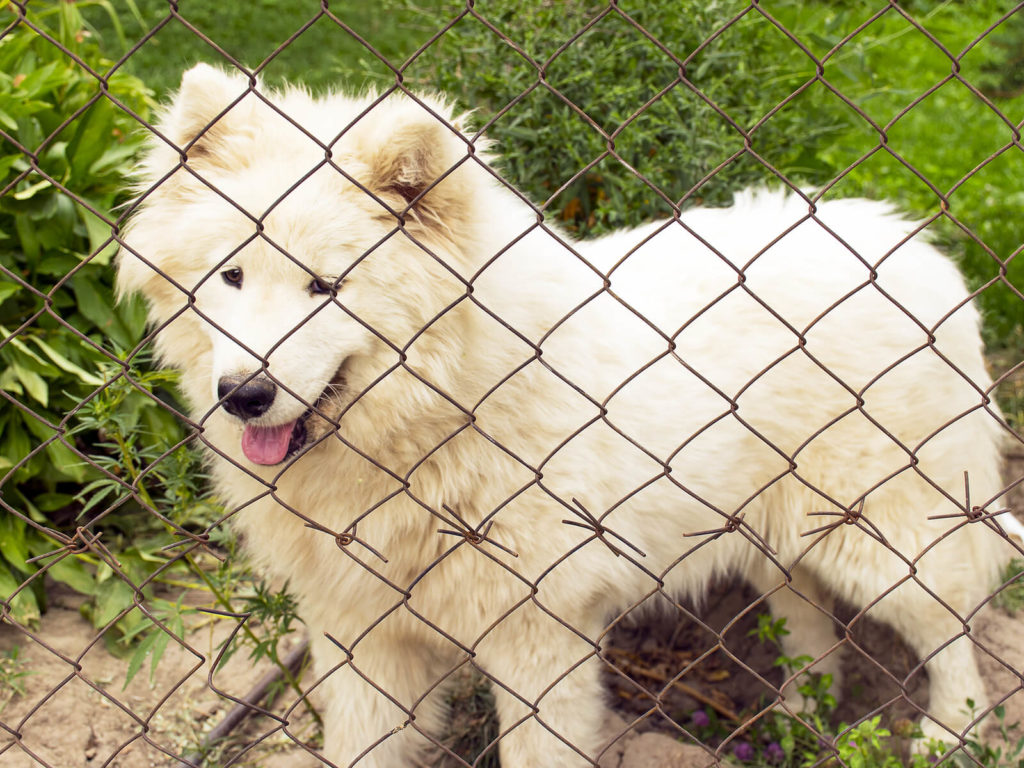
Consider Your Dog’s Comfort
While some dogs take new environments in stride, many struggle when moving from home to a kennel. Additionally, some kennels place dogs in the company of other animals. If your pet has difficulty finding comfort in new environments or meeting new dogs, an at-home caregiver may be the best option! Nothing will make your pup more comfortable than staying in the at-home environment that they are used to.
You Should Consider Security in Your Pet Care Options
Reputable dog sitting apps and businesses may offer dog owners more access and security than traditional kennels. With photo, video, and live stream options, owners can check in on their animal more directly than ever, making dog sitting preferable for some pet owners. With many pet sitting services, owners cab evaluate, and sometimes meet a prospective caregiver beforehand, adding to trust and comfort level of the owner.
In home Pet Sitting Allows For Flexibility
Depending on specific needs, a long and potentially expensive kennel stay may not be necessary. In cases where owners are gone for short periods of time, or out of town every other day, a flexible dog sitting schedule may be preferred! Not only can you schedule pet sitters to come to your home only as often as needed, you can also avoid a trip to the kennel with your pup. One less errand to run is a welcome thing for all of us with busy schedules these days.
While it’s never easy leaving your dog with a new face, but if you weigh these options carefully, you can be sure that your dog will be happy and cared for during your time away!



